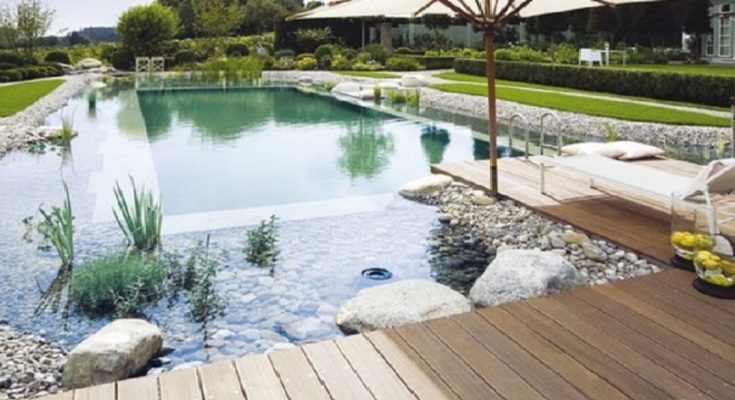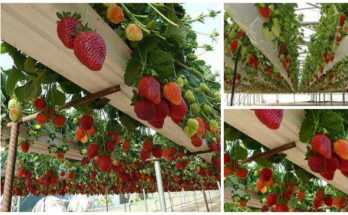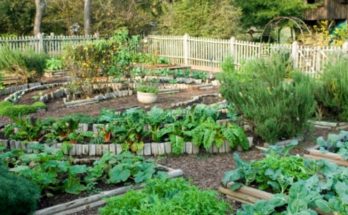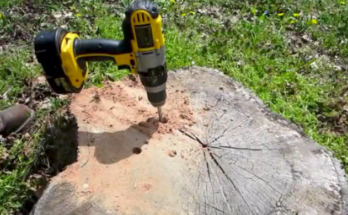Having a pool in your backyard is awesome. Swimming is a great recreational activity for a fun-filled social gathering — you can splash water and play with family members and friends — and it will keep you healthy and clean. — it strengthens one’s endurance and stretches your arms naturally without forceful pulling. But building an eco-friendly swimming pool makes it even more special.
Green pools are a new trend that eco-conscious swimmers and home owners would really appreciate. The main difference between an eco-pool and an ordinary swimming pool is how it is filtered. That’s because in eco-pools or what we call ‘natural swimming pools’, a pump circulates the water in the pool using a pebbly filter or a plant filter. By filtering the swimming pool water this way, it can make the water clean and fresh without any chemicals. In fact, natural swimming pools don’t really turn very dirty. They are designed to approximate the motionlessness but clean nature of a pond and they are not styled like usual swimming pools.
Mother Earth News has a pointer for maintaining the cleanliness of the water without extra sterilization. There must be a regular gap between the swimming area and the decorative plants around the pool.
For your natural swimming pool, you need to hollow a hole in the ground. Decide how deep your pool would be. Put aquatic plants in your pool as they serve as natural filters. For circulation, make use of PVC tubing. It can be submerged in the ground about 18 inches deep. Once filtration zones are done, lay a man-made pool liner. Then put some clean gravel on the bottom, about 5 inches deep.
After completing the bottom of the pool, prepare the edges by cleaning them up. A compactor is used for this to limit erosion of the soil surrounding it. Building stone borders are also useful to prevent any soil erosion that might happen in the future. Then add beautiful plantings around the pool to depict a natural look and to add loveliness of your natural swimming pool. Take note to pick plants that are prone to a damp environment. For more info on them, find them in our directory.



